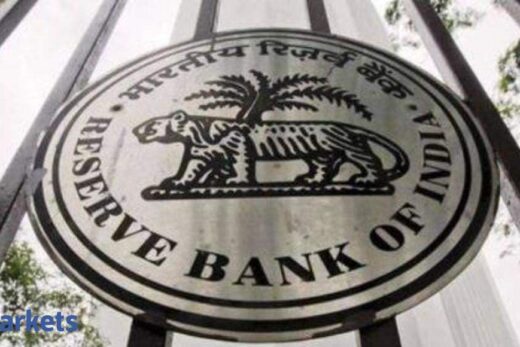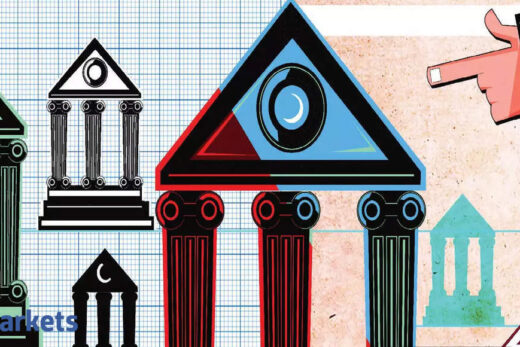With loan repayment facing such a sharp fall from an average 85% at the end of March, the lenders are facing severe cash flow mismatches as they have their debt repayment obligations to banks. In parallel, banks have tightened their purse strings as they always do whenever the situation turns bleak, making the situation worse for MFIs.
“Mobilising cash and preserving it are the primary concerns for MFIs, at present with repayment collections estimated to have fallen to about 65% by the second week of May,” said Microfinance Institutions Network chief executive Alok Misra.
“Many MFIs are also facing a squeeze in margin with credit cost going up amid asset quality stress. This makes a strong case for reviewing the margin cap rule. Margin cap is now linked to the average base rate of five large banks, even if they don’t lend to MFIs. So, we have urged the regulator that it should be linked to banks’ actual lending rate,” he said.
Misra represented MFIN when it called on the central bank top brass earlier this week for pre-monetary policy consultations. He, however, declined to comment on being asked whether these points were discussed at the meeting, where representatives from non-banking finance companies and mutual funds were also present.
RBI caps lending rates of bigger NBFC-MFIs at 10% over their cost of funds or 2.75 times the average base rate of five large banks, whichever is less. RBI fixed the average base rate at 7.81% for the April-June quarter, which caps the maximum lending rate at 21.48% a year.
Senior industry executives said that with cost of funds at around 13-14% along with rising credit and operational costs, the sustainability of MFIs, especially the small and medium-sized ones, becomes a major challenge.
Another common refrain among the MFIs is that the central bank measure to channel funds through intermediaries such as the National Bank for Agriculture & Rural Development does not benefit the smaller MFIs with lower ratings.
“Development financial institutions have to support MFIs with relaxed norms in this unprecedented situation and act as a crowd-in for other lenders,” Misra said.
Earlier, the other microfinance association Sa-Dhan had urged the regulator for targeted liquidity support for smaller MFIs. In a letter to the RBI Governor on May 10, it had also suggested extension of the government’s partial credit guarantee scheme for bank loans on micro lenders to the extent of ₹10,000 crore, with ₹2,000 crore being earmarked for small and medium MFIs.



